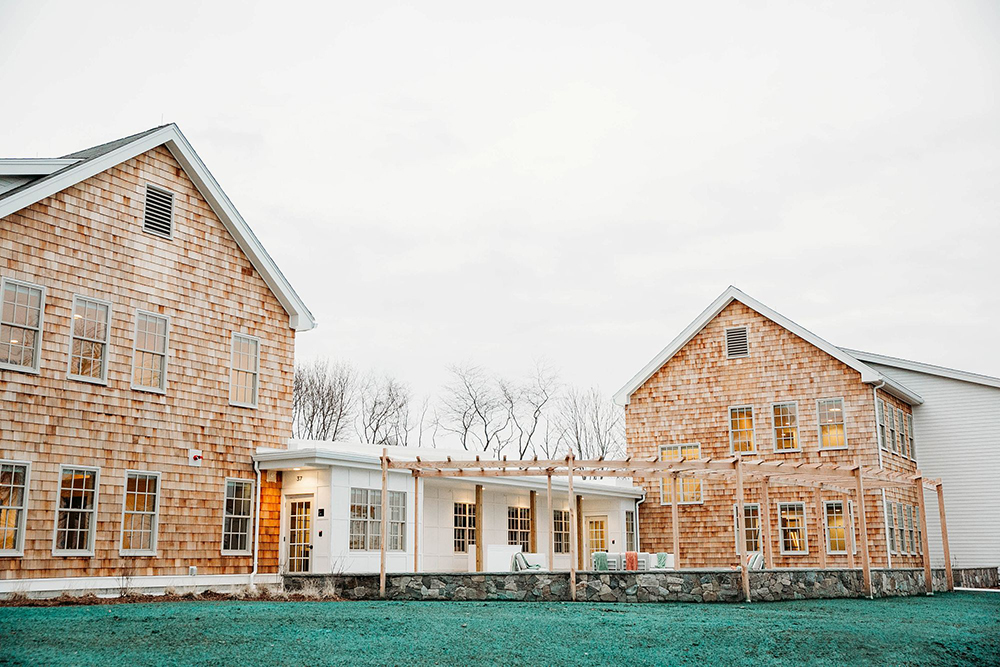Cap rate trends - by William Pastuszek

Commercial markets are reacting to a higher interest rate environment and much more uncertainty than existed this time last year. Where residential properties are using comparable sales, income producing properties are best measured by their income characteristics. This is done by developing capitalization rates as the basis for comparison. “Cap” rates are most typically derived from competitive market transactions. The result is obtained as follows: income, otherwise known as net operating income (“NOI”) is rental income left over after deducting vacancy and expenses. When divided into the comparables sales price, the result is the capitalization rate.
A cap rate can be used to measure risk both generally and within an asset class. A cap rate compared to other financial measures of return is useful in a general sense. In terms of comparing asset classes, if one class shows an average cap rate of 5% and another an average cap rate of 7%, the property class with a 7% cap rate means that buyers seek a higher return on the investment to compensate for greater risk. The risk may be due to the certainty of receiving all the income expected, the prospects of typical tenants, the desirability of the asset class to lenders, among other factors.
Within an asset class, there is a range of cap rates. Within an asset class, investors will differentiate risk between superior properties – newer, better located, better tenant profiles, among other factors – and inferior – older, less well located, lesser tenant profiles – properties.
A useful comparison of differing asset classes would be to compare multi-family cap rates to office cap rates. Logically, reasonable people would say multi-family properties (strong tenant demand, rental rates that reset quickly) represent more attractive investments than office buildings (longer term leases, greater tenant uncertainty). Metrics from well-regarded investor surveys show office cap rates trending higher than multi-family rates.
Thus, the same NOIs - subject to different risk characteristics as expressed by the cap rate associated with the asset class - would result in different values. For example, NOI of $100,000 divided by a cap rate of 5% produces a value of $2 million whereas a NOI of $100,000 capped at 7% results in a value of $1.43 million. This is a significant difference and should serve as notice that the selection of a cap rate is not to be taken lightly.
Cap rates can be based on several different ways to calculate NOI. For example, a cap rate can be based on NOI based on current/trailing income. This is a widely accepted measure. A rate can also be based on actual income in place or on proforma or anticipated income. Cap rates can also be based on NOI which includes or excludes reserves. The key to understanding a cap rate and, what it measures, is to understand the income on which it depends. Consistency in income assumptions is critical in arriving at a reasoned, nuanced cap rate conclusion. The same may be said of expenses, care should be taken in interpreting historical expenses in this inflationary environment.
In one survey, based on year end data, respondents noted that Boston office market rates are expected to increase. Higher rates mean declining values: see example above. Nationally, rates for secondary office markets are forecasted to increase across the board.
In industrial markets, already low rates are expected to increase based on investor opinion. In the east, the sentiment is more divided. Owner user properties remain in strong demand. It seems, however, that the great run ups in industrial markets are over.
On the other hand, retail – once declared beyond help – shows signs of vigor, particularly with non-mall properties. The mall picture is less positive but mall pricing, with significantly higher cap rates within the asset class – seems to have accounted for the decline of malls, a trend that precedes COVID effects.
Lodging, which suffered greatly during the height of COVID, has rebounded, as traveling for pleasure is once again viable. While business travel probably won’t completely recover to pre-pandemic, there is at least some certainty in terms of demand.
Cap rates tend to lag the markets. In an uncertain environment, anecdotal information from brokers, appraisers, and investors is essential in these times of uncertainty. Care is necessary when interpreting older cap rate data under current market circumstances.
Brokers and appraisers reported at the end of 2022 that the effect of higher rates would begin to turn up in transactions that closed in the 3rd quarter of 2022. “Repricing” of deals is noted, reflecting changes in NOI, expenses, financing, and tenants. Lenders underwrite investment deals more conservatively. Investment markets generally are not flooded by inventory; many sellers that can afford to wait take hard positions on pricing where buyers are adopting more conservative positions in general, producing a bid-ask differential.
Commercial real estate has enjoyed a remarkable run. Many markets experienced unparalleled, largely healthy growth. Are some of the signals in the current environment suggesting trouble ahead? Will the current banking crisis crimp credit? The cost of credit can be adjusted for; the lack of credit can have dire consequences.
William Pastuszek, Jr., MAI, ASA, MRA heads up Shepherd Valuation Services, Needham, Mass.
Preservation of Affordable Housing secures $23.5 million in financing from Rockland Trust and Citizens Bank

Examples of investors who used Kay Properties for legacy and estate planning purposes for rental property/portfolios - by Dwight Kay










